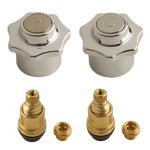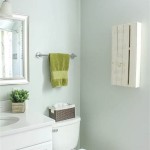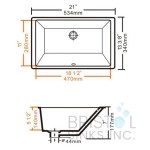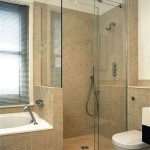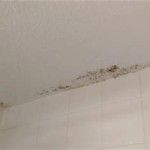Best Primer For Bathroom Walls
The bathroom is one of the most humid rooms in the house, and this humidity can take a toll on your walls. Over time, moisture can seep into the walls, causing them to become damaged and unsightly. A primer is an essential step in protecting your bathroom walls from moisture damage, and it can also help to improve the adhesion of paint.
When choosing a primer for bathroom walls, it is important to select a product that is specifically designed for use in humid environments. These primers typically contain mold- and mildew-resistant ingredients, which help to prevent the growth of these microorganisms. It is also important to choose a primer that is compatible with the type of paint that you will be using.
Once you have selected a primer, it is important to apply it correctly. The surface should be clean, dry, and free from any dirt or debris. The primer should be applied in a thin, even coat, using a brush or roller. Allow the primer to dry completely before applying paint.
By following these tips, you can choose and apply the best primer for bathroom walls, which will help to protect your walls from moisture damage and extend the life of your paint job.
Types of Primers for Bathroom Walls
There are a variety of different types of primers available for bathroom walls, each with its own unique benefits and drawbacks. Some of the most common types of primers include:
- Oil-based primers are highly durable and moisture-resistant, making them a good choice for bathrooms with high levels of humidity. However, oil-based primers can be difficult to apply and clean up, and they emit harmful fumes.
- Water-based primers are more environmentally friendly than oil-based primers, and they are easier to apply and clean up. However, water-based primers are not as durable as oil-based primers, and they may not be as effective in preventing moisture damage.
- Shellac-based primers are a good compromise between oil-based and water-based primers. They are durable and moisture-resistant, and they are relatively easy to apply and clean up. However, shellac-based primers can be more expensive than other types of primers.
How to Choose the Best Primer for Bathroom Walls
When choosing a primer for bathroom walls, it is important to consider the following factors:
- The type of paint that you will be using - Some primers are only compatible with certain types of paint. It is important to read the label carefully before purchasing a primer to make sure that it is compatible with the paint that you plan to use.
- The level of humidity in your bathroom - If your bathroom has high levels of humidity, you will need to use a primer that is specifically designed for use in humid environments. These primers typically contain mold- and mildew-resistant ingredients.
- The condition of your walls - If your walls are in good condition, you can use a standard primer. However, if your walls are damaged or have been repaired, you may need to use a primer that is specifically designed for use on damaged surfaces.
How to Apply Primer to Bathroom Walls
Once you have selected a primer, it is important to apply it correctly. The surface should be clean, dry, and free from any dirt or debris. The primer should be applied in a thin, even coat, using a brush or roller. Allow the primer to dry completely before applying paint.
By following these tips, you can choose and apply the best primer for bathroom walls, which will help to protect your walls from moisture damage and extend the life of your paint job.

Kilz Kitchen Bath Primer

What S The Best Primer For Bathroom Walls And Ceilings Making Maanita

What S The Best Primer For Bathroom Walls And Ceilings Making Maanita

Best Type Of Paint For Bathrooms Forbes Home

Kilz Kitchen Bath Primer

The Best Paint For Bathrooms Solved Bob Vila

What S The Best Primer For Bathroom Walls And Ceilings Making Maanita

Primer Guide

How To Paint A Mold Resistant Bathroom Ask This Old House

The Best Paint For Bathrooms
